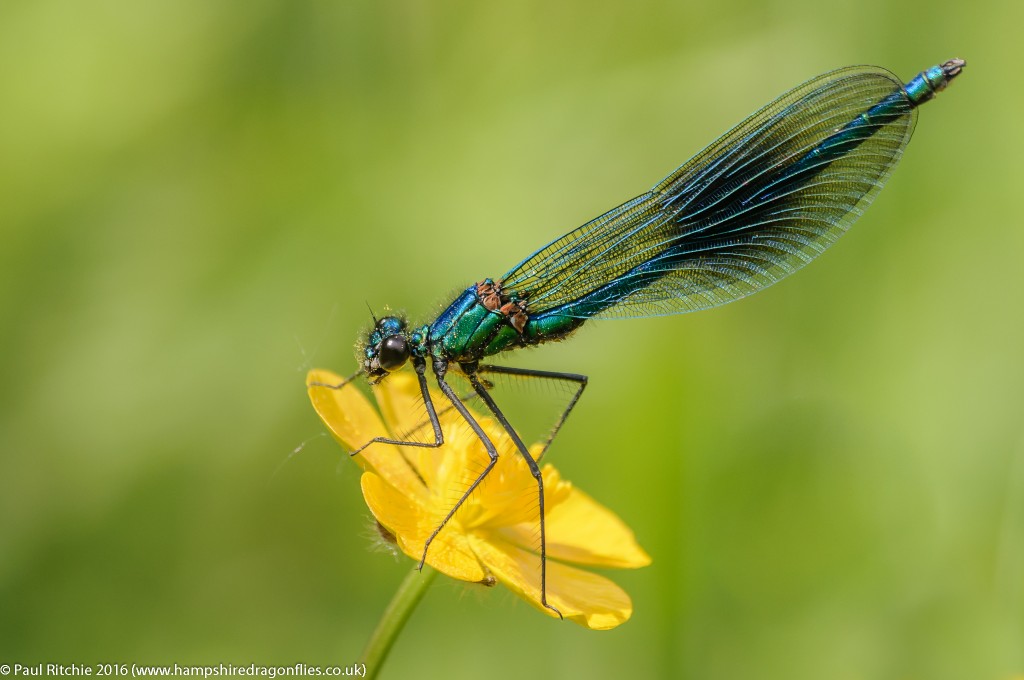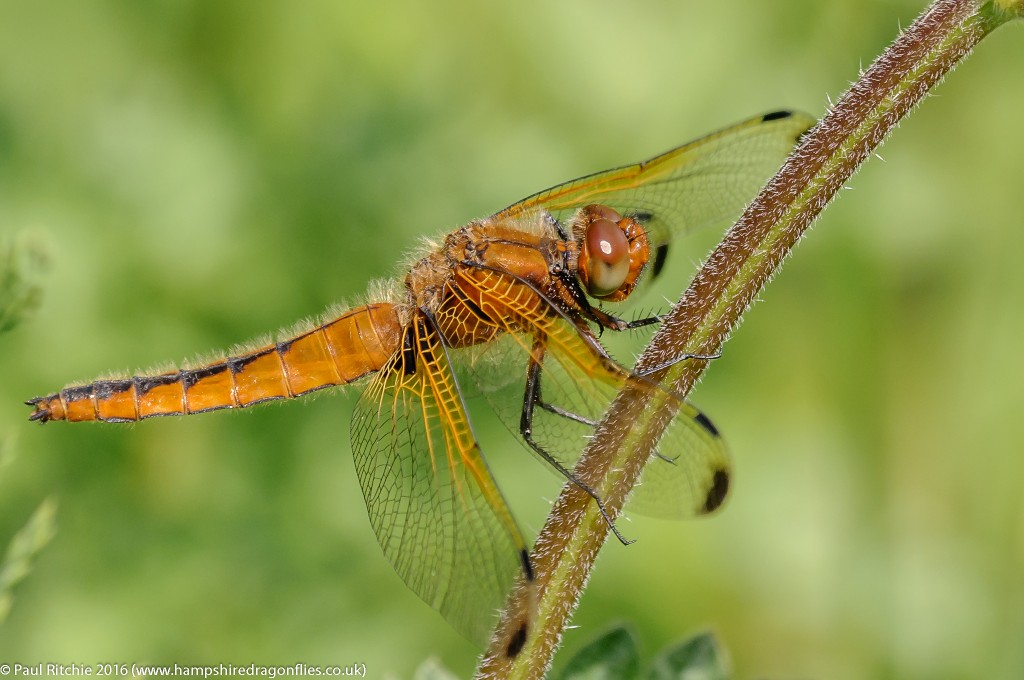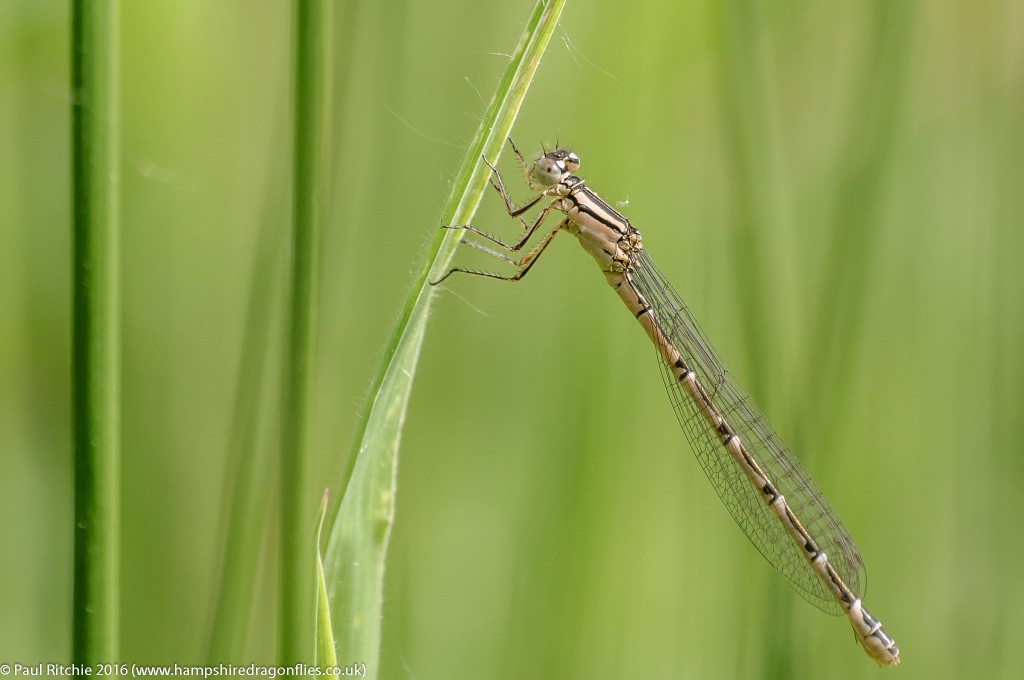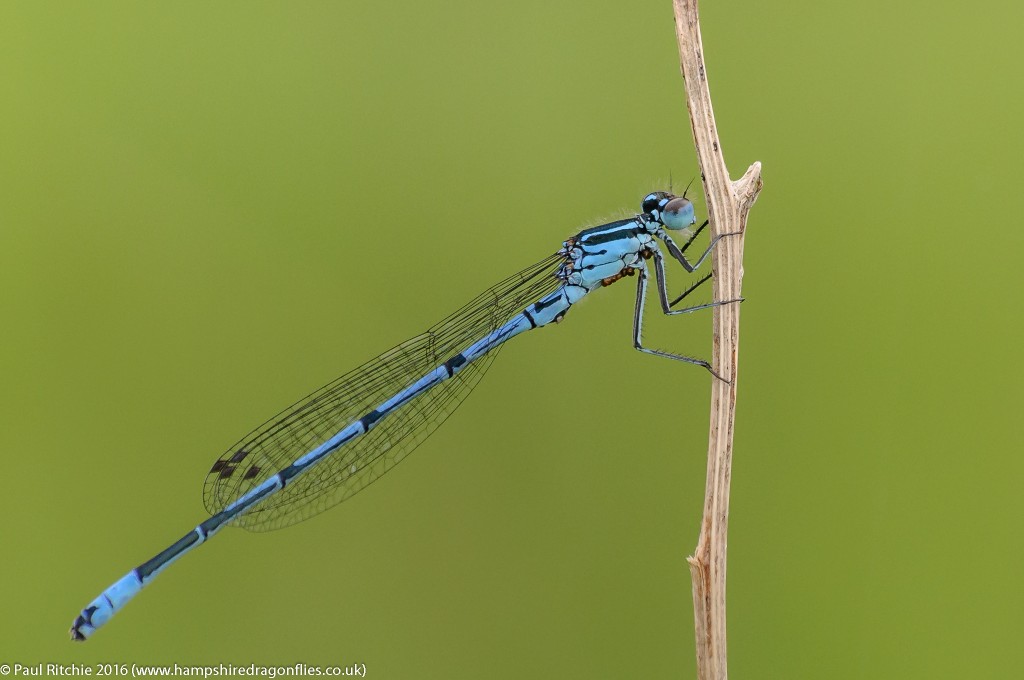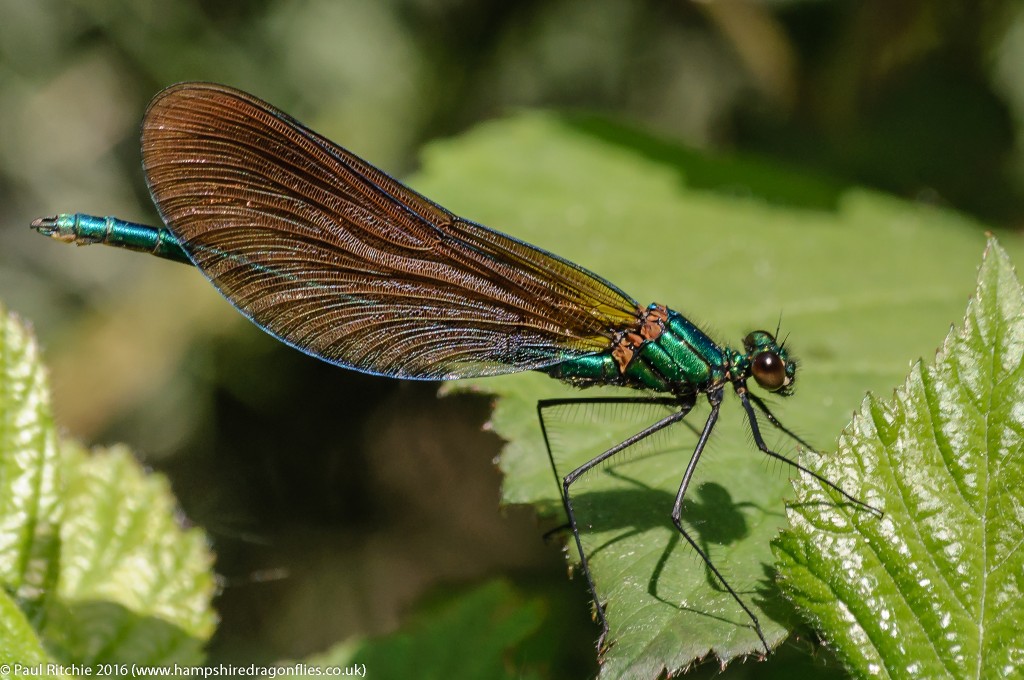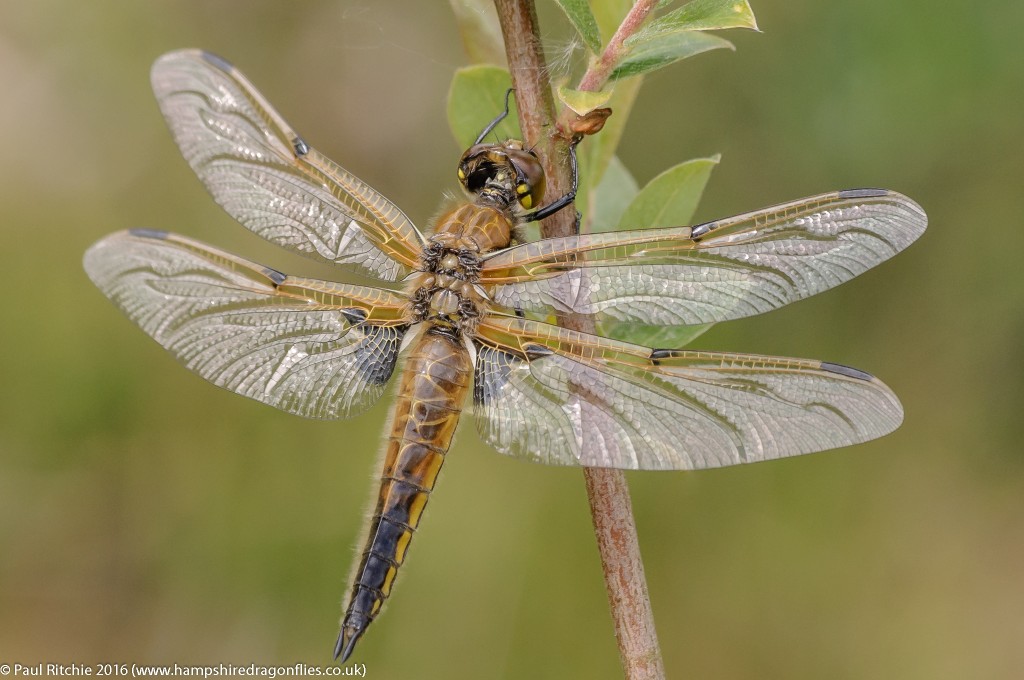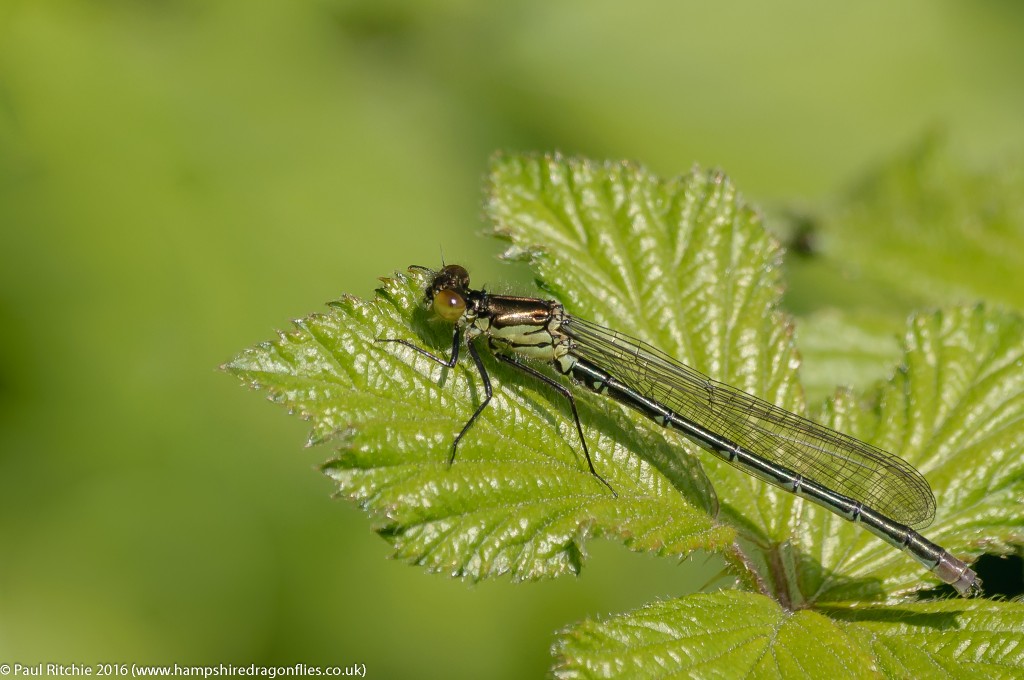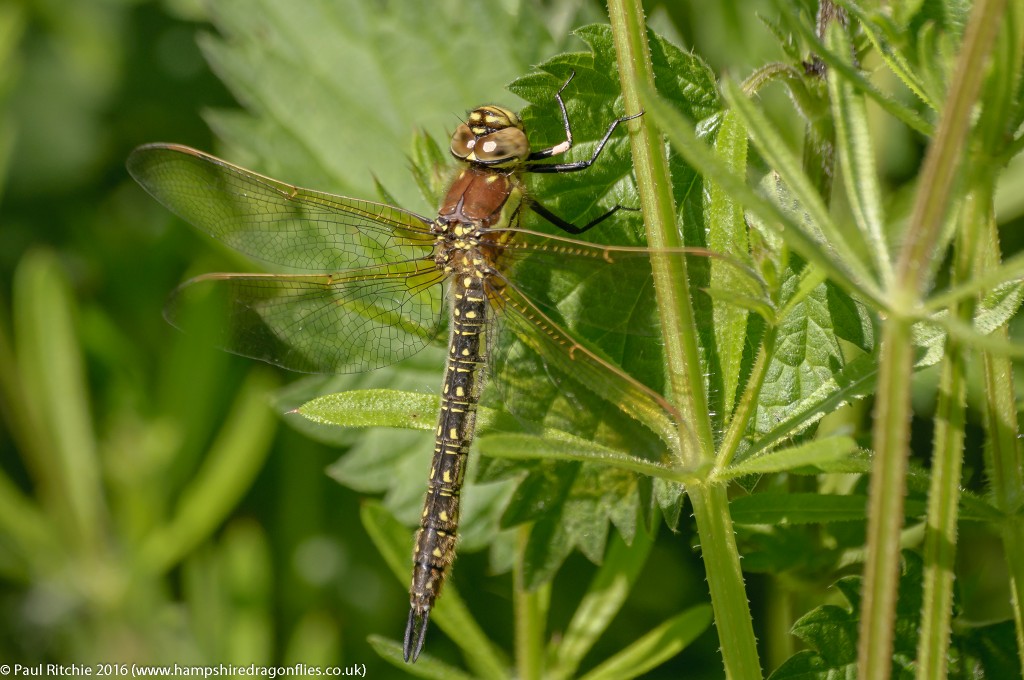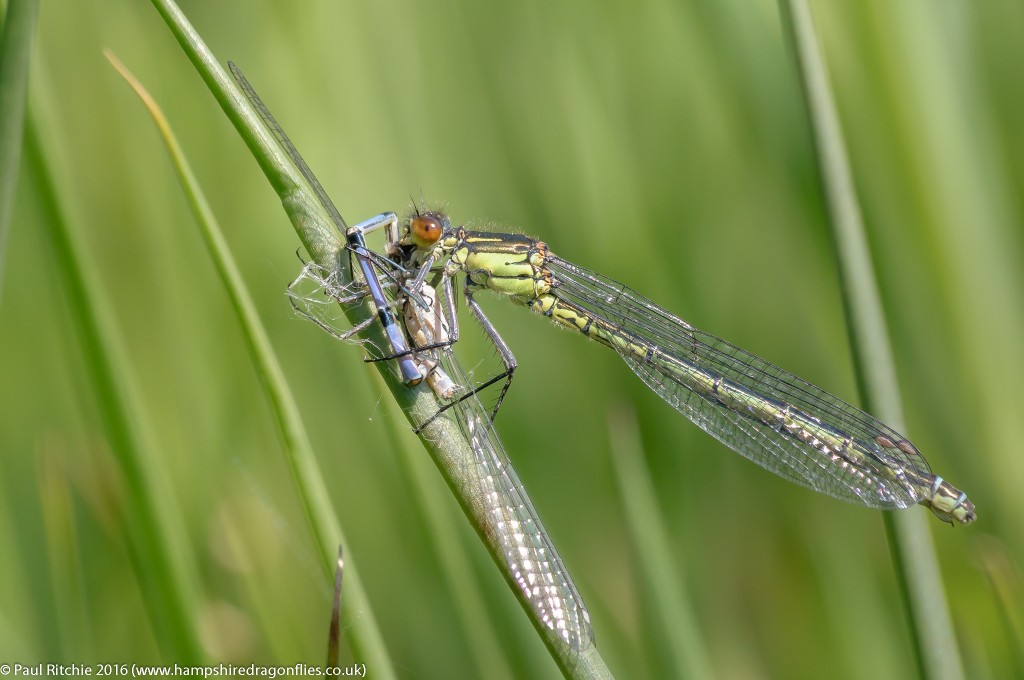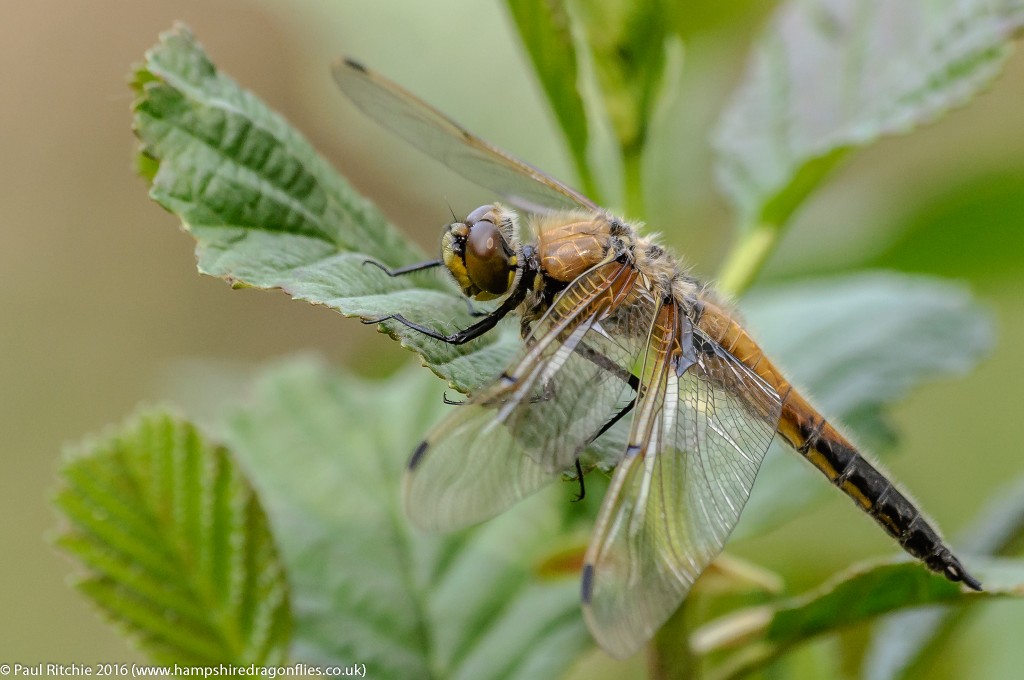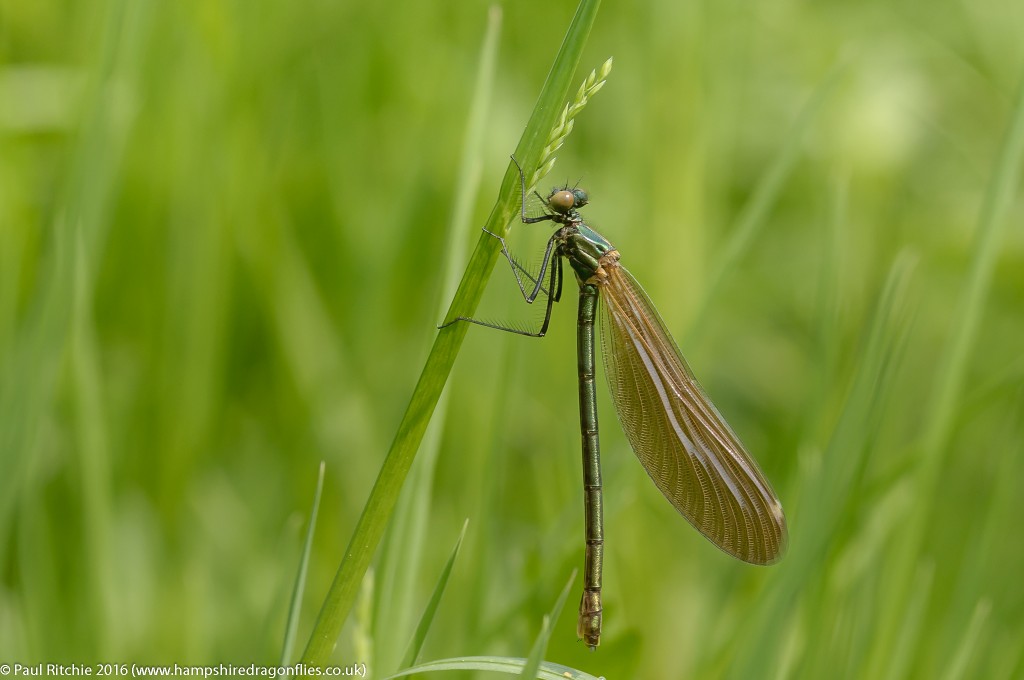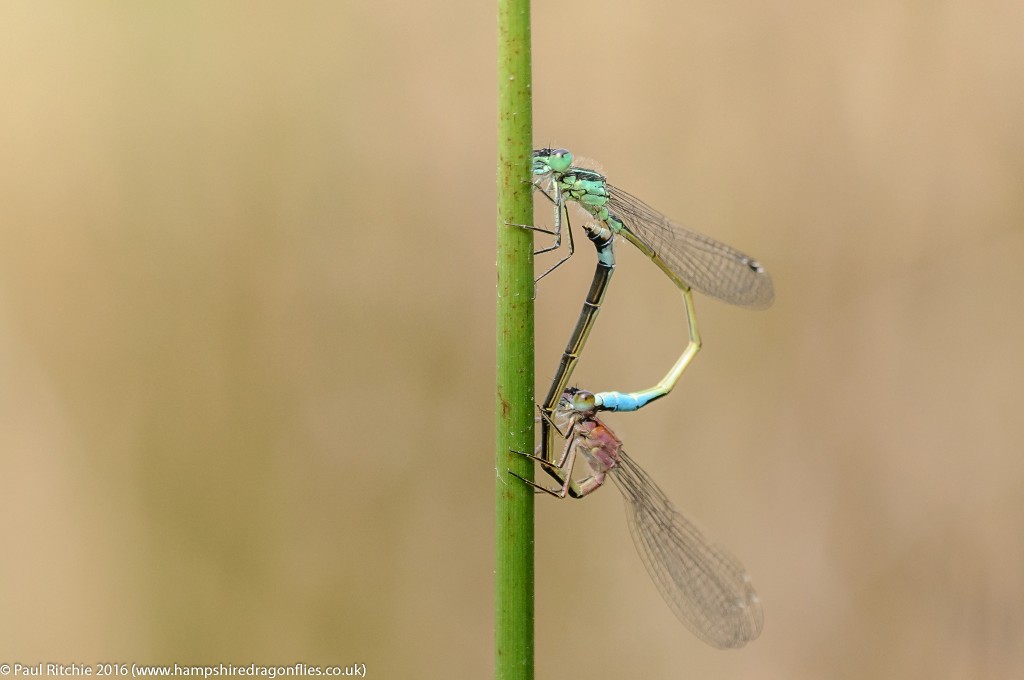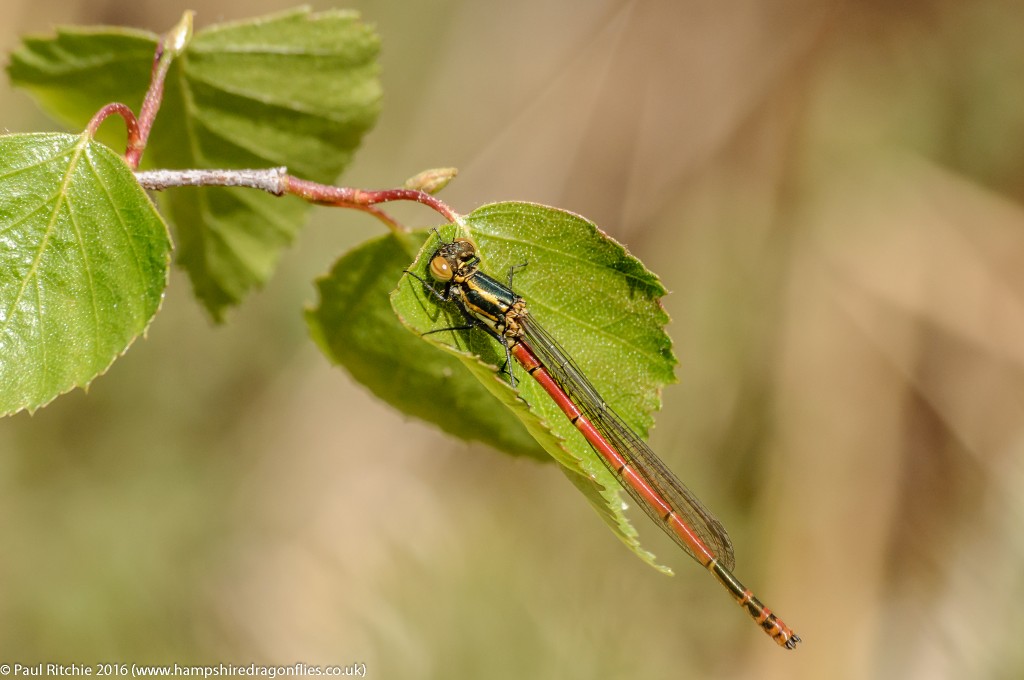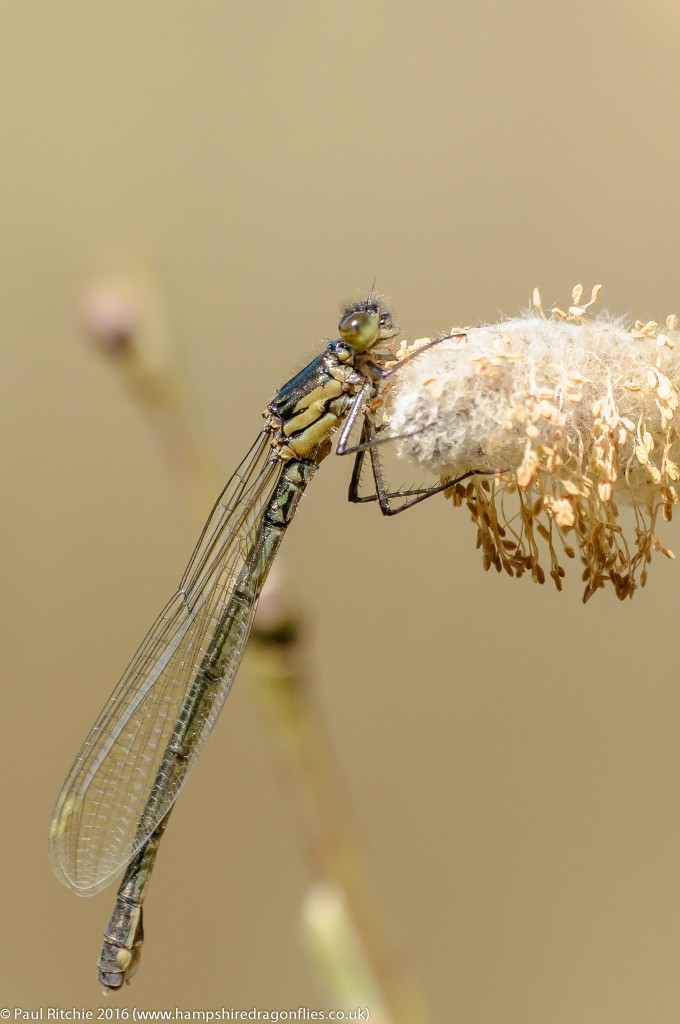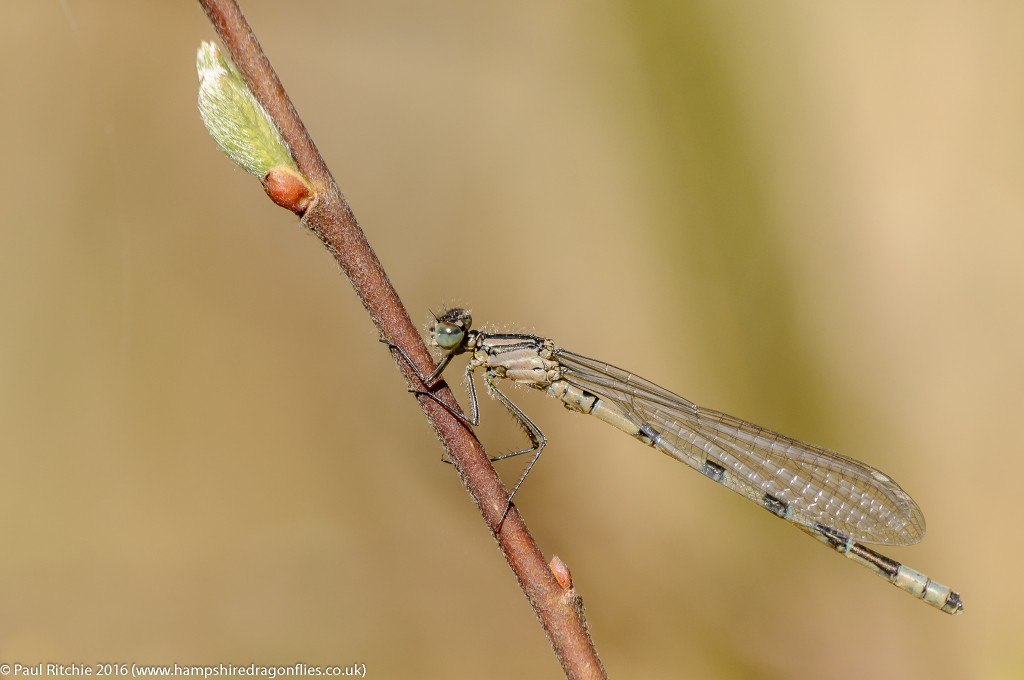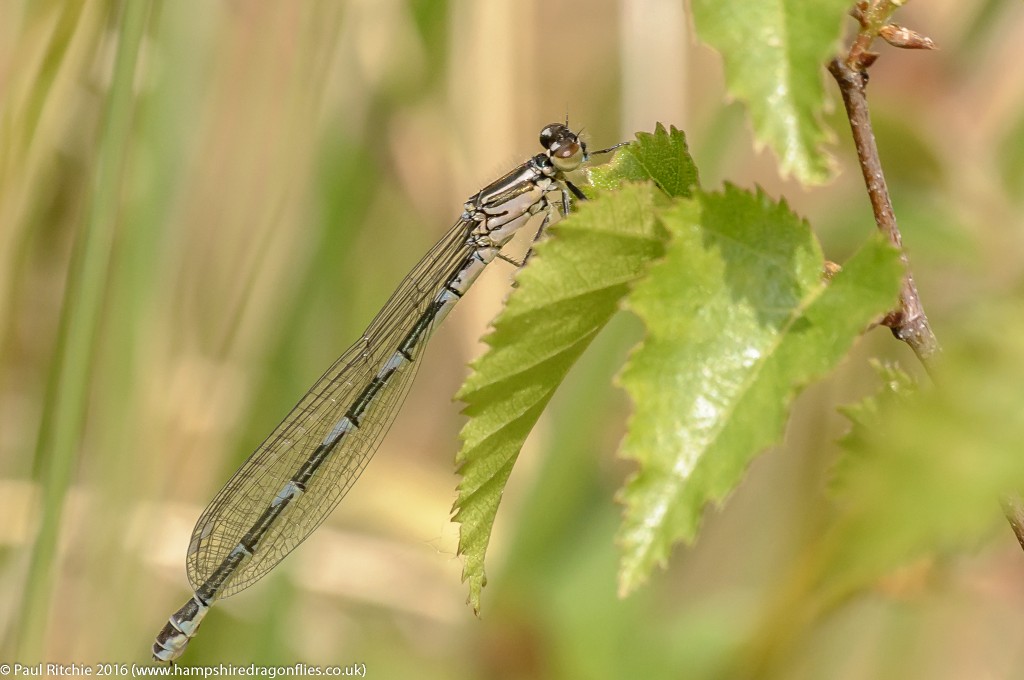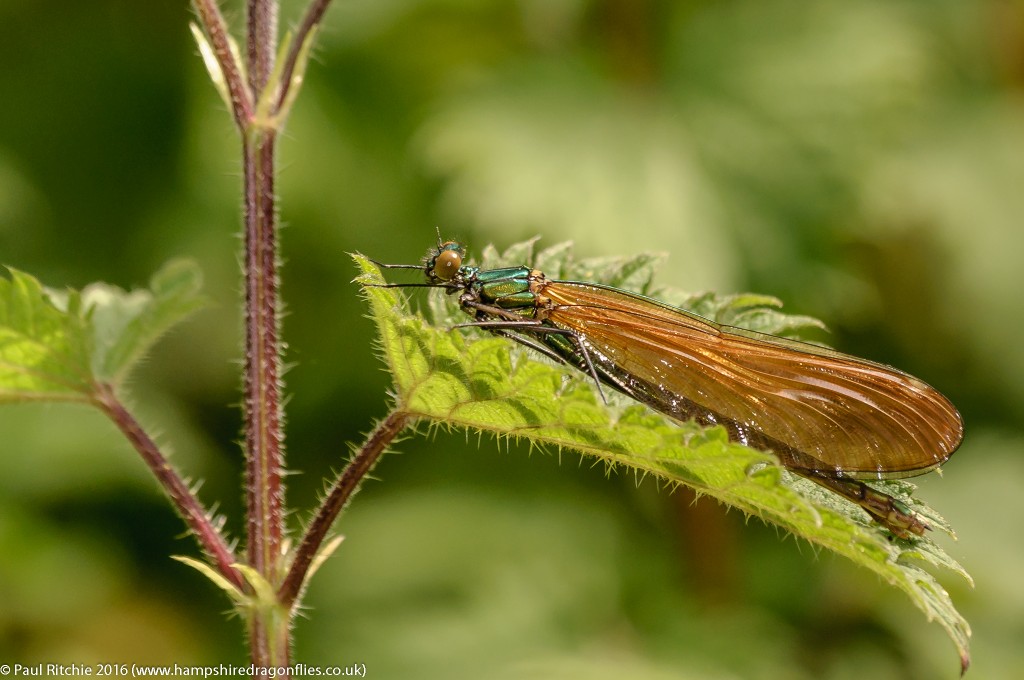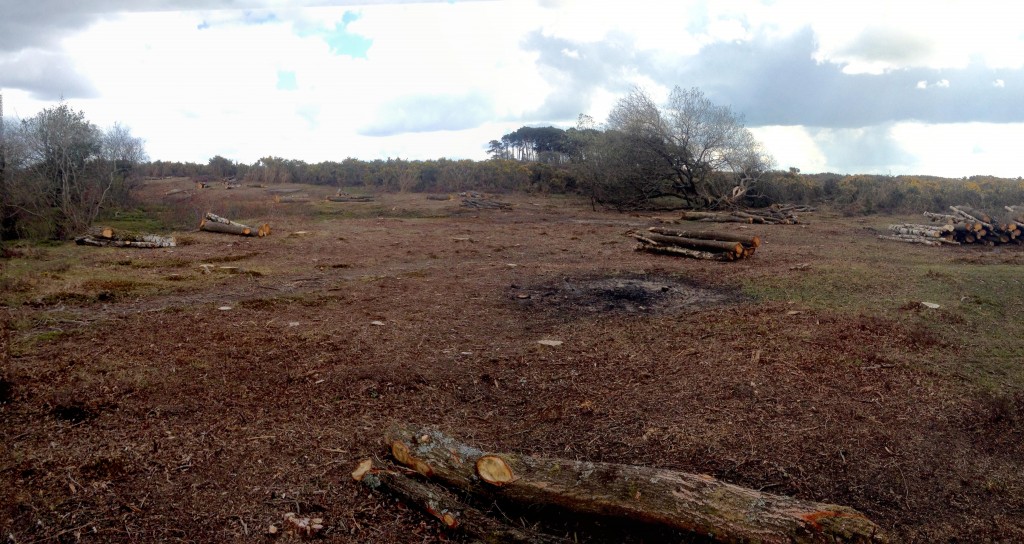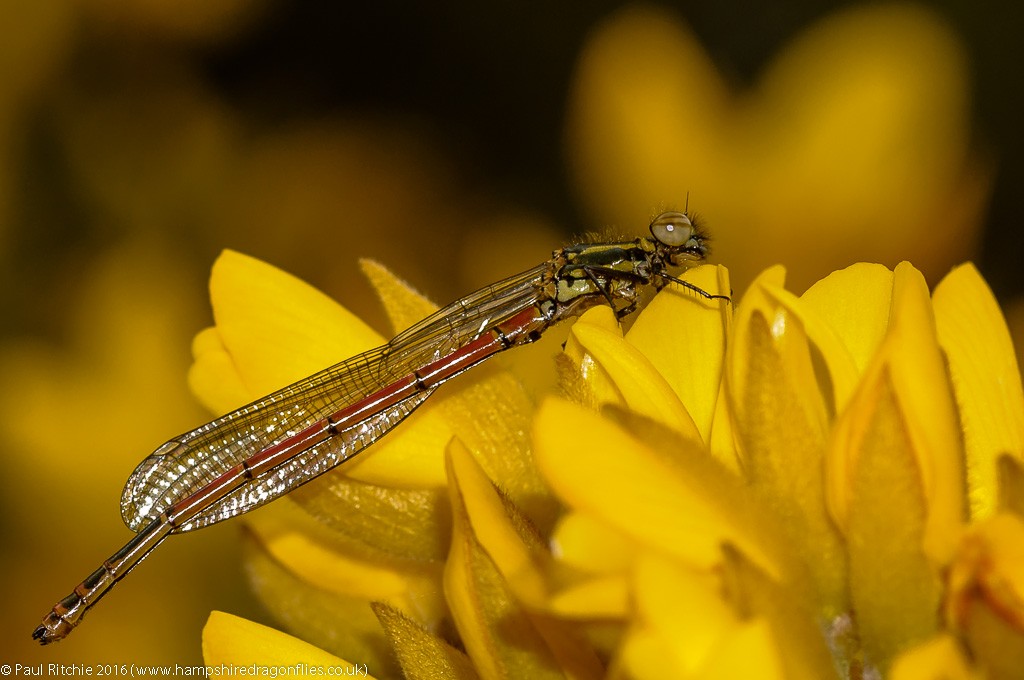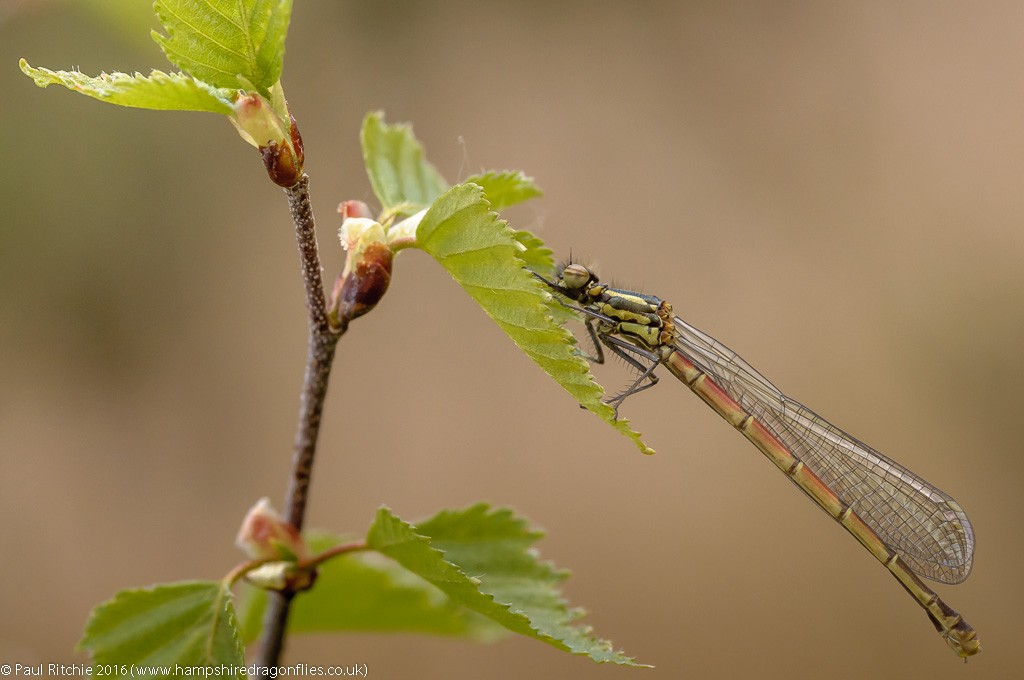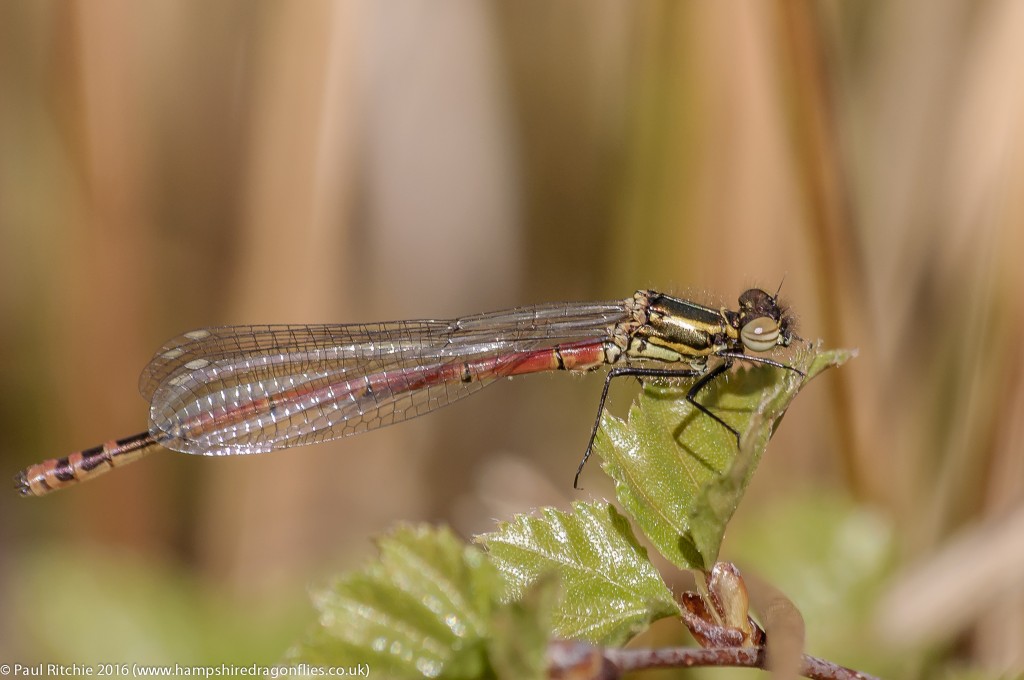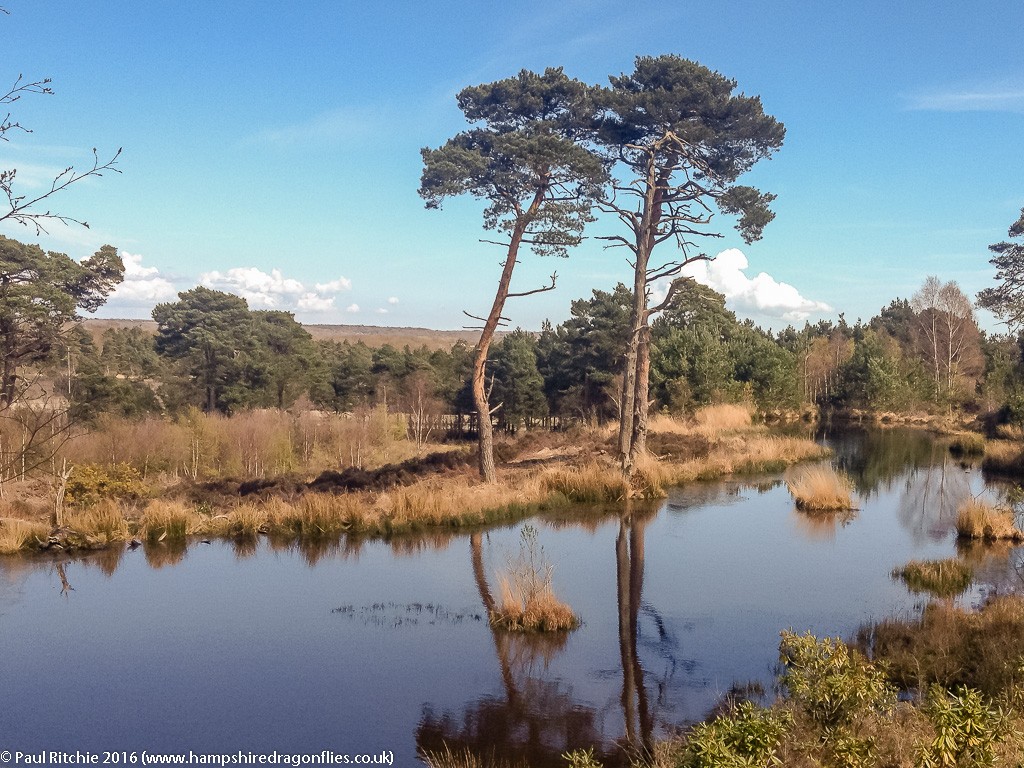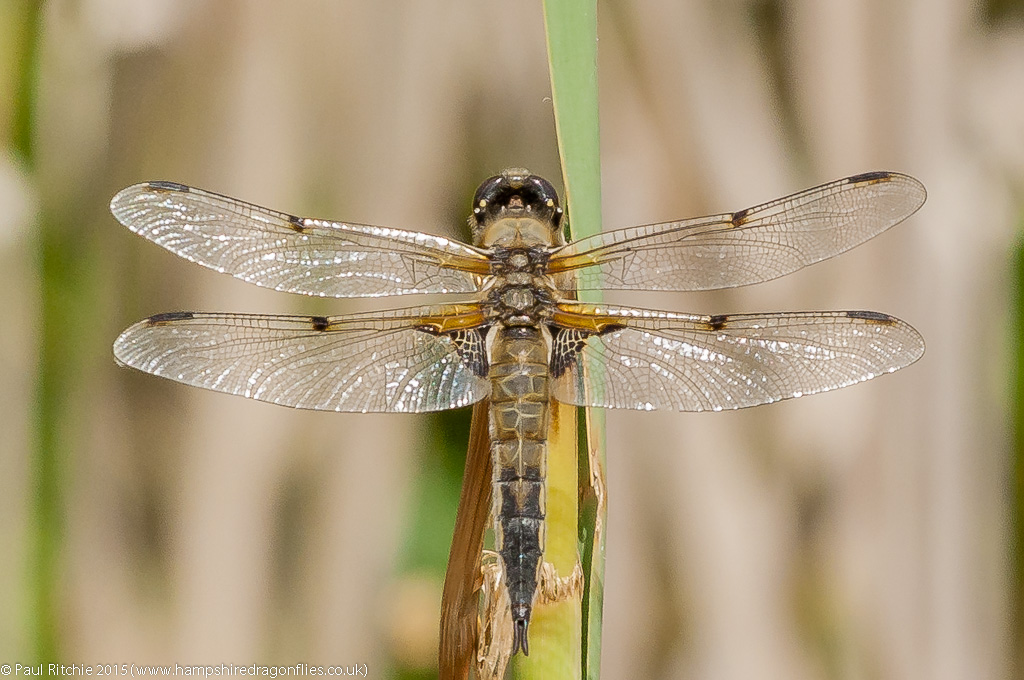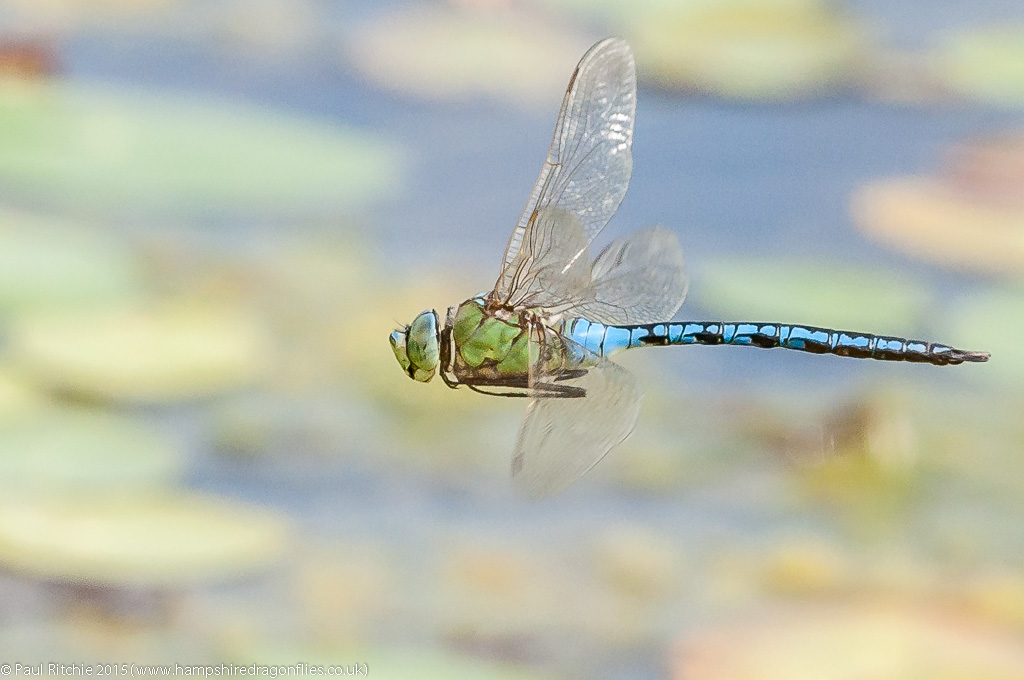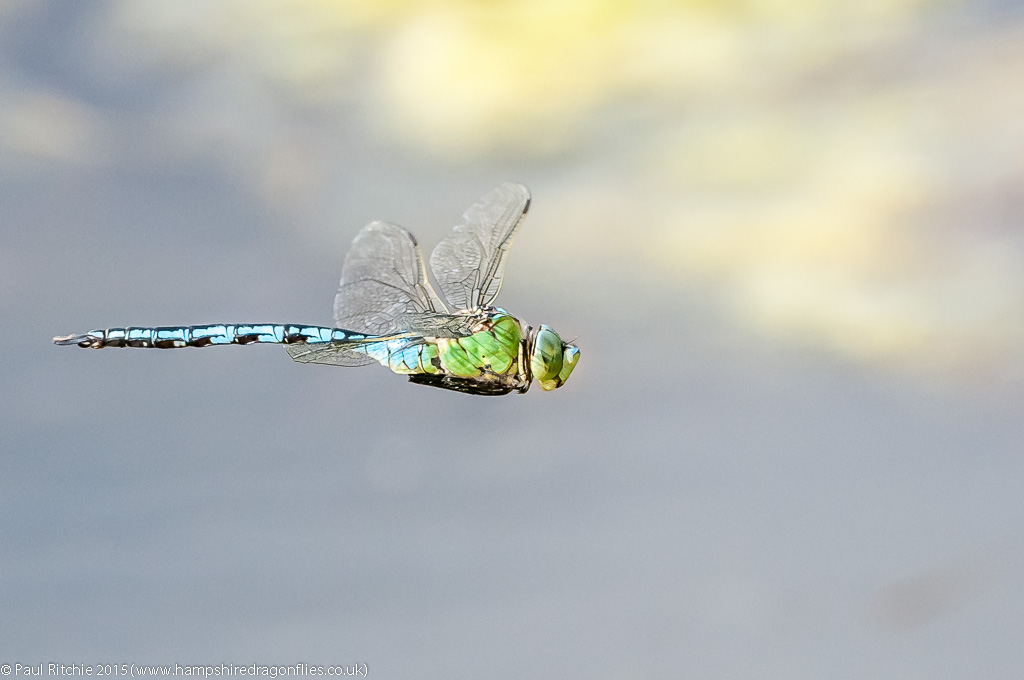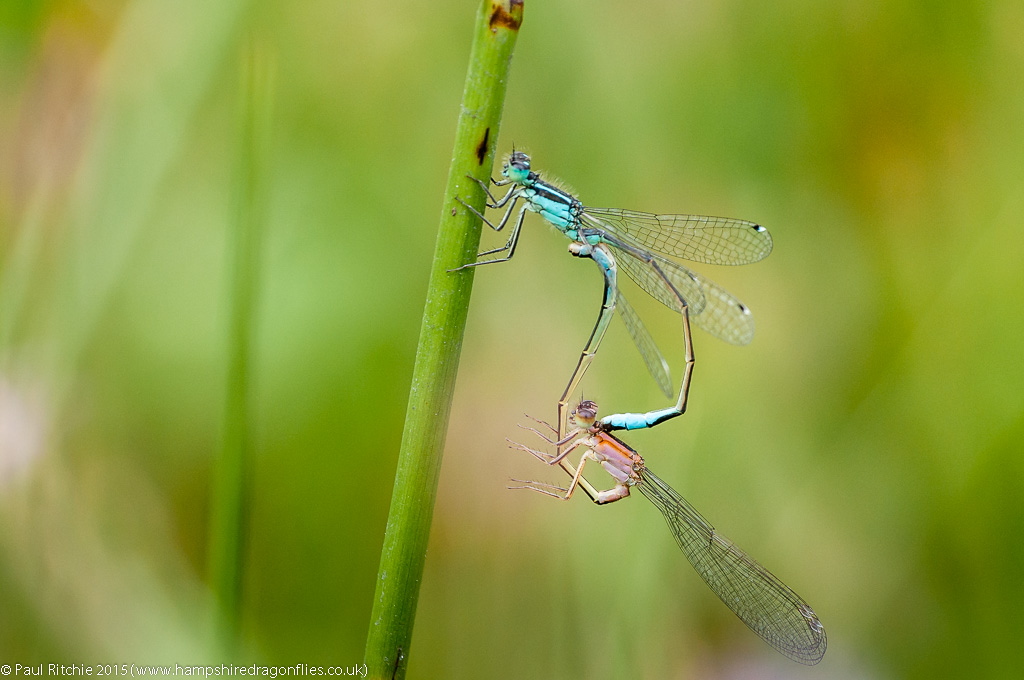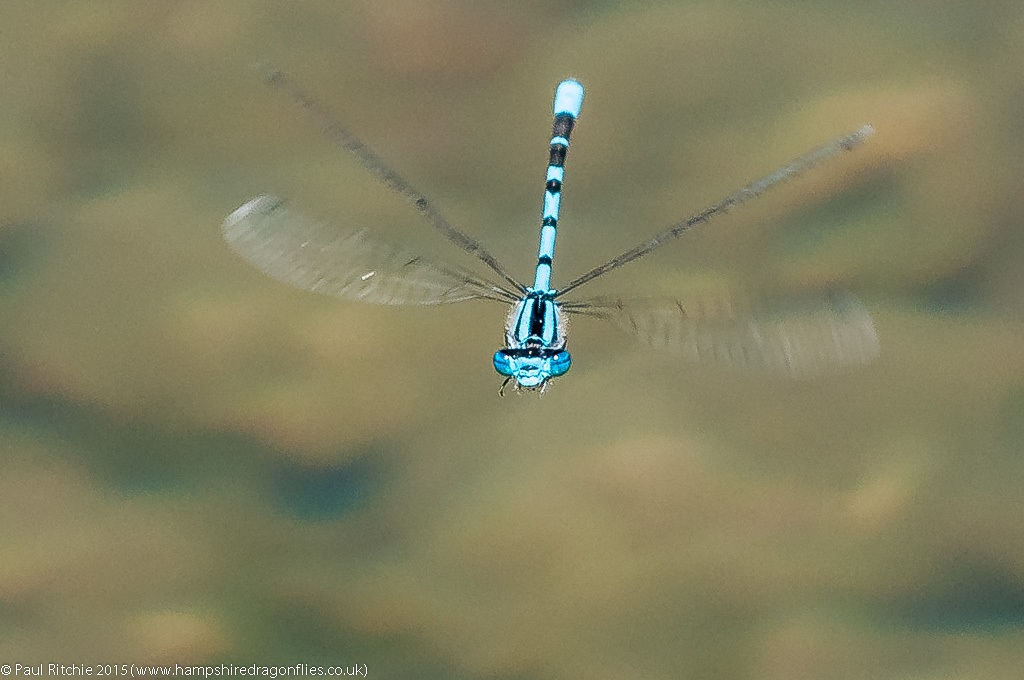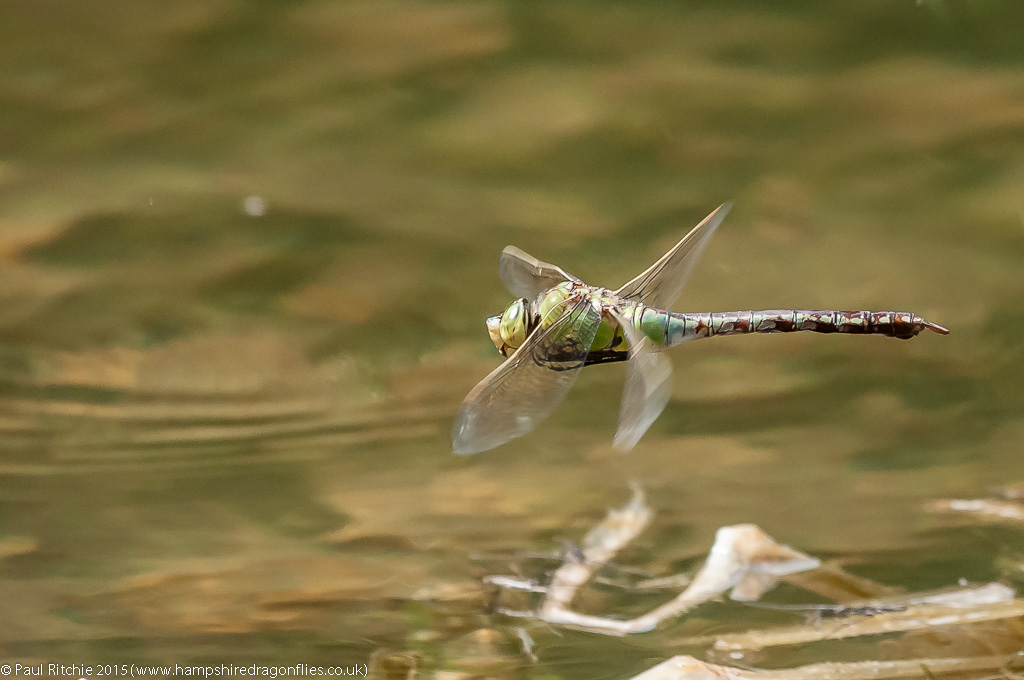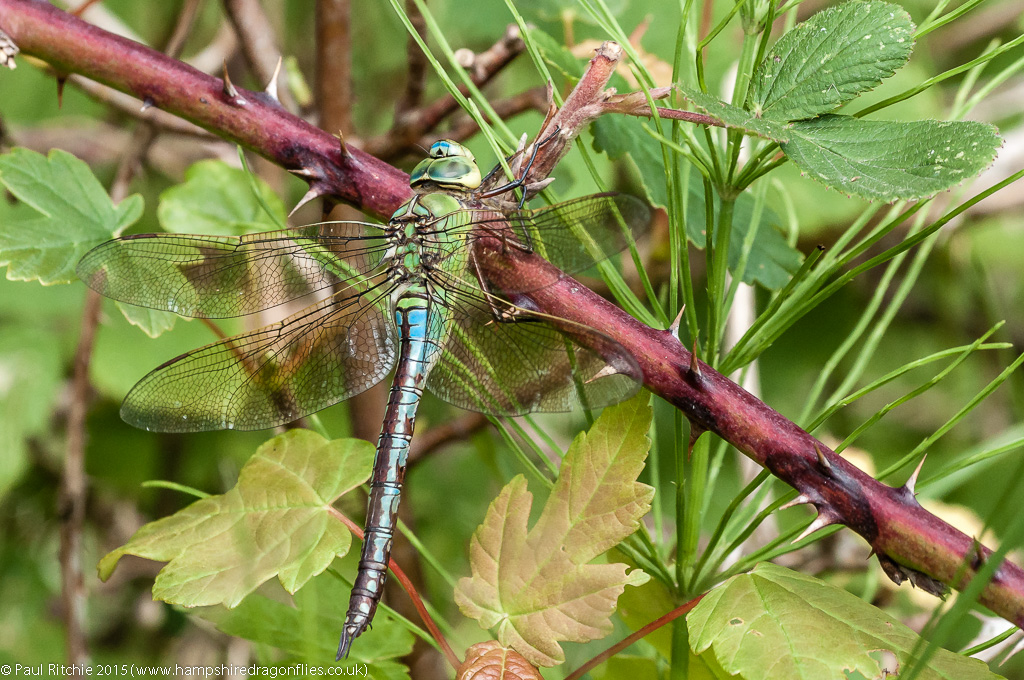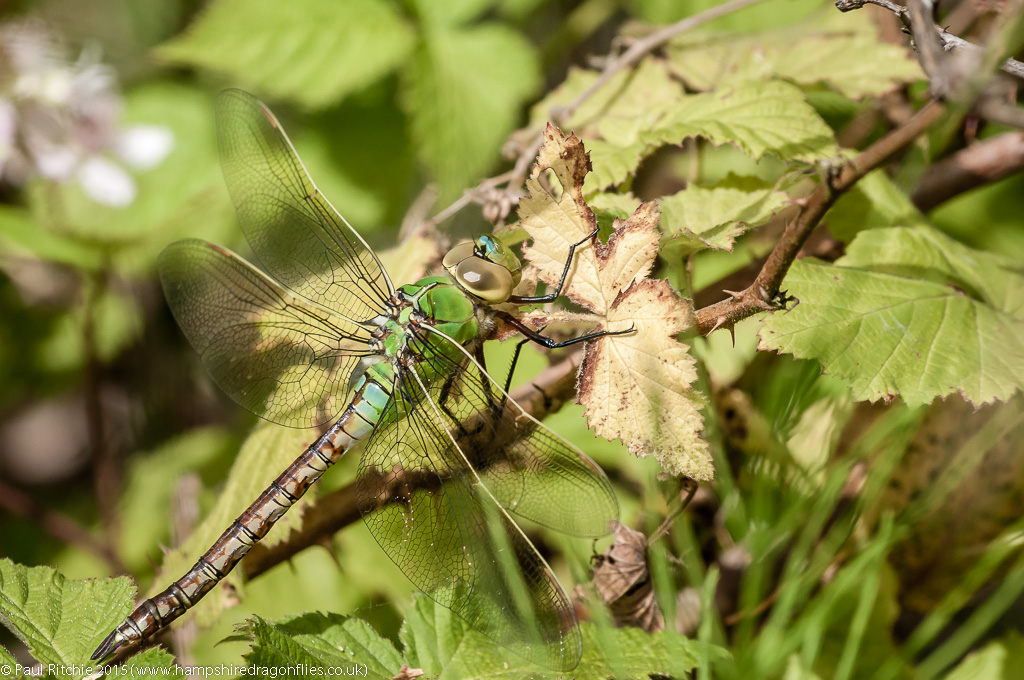On Saturday we decided to introduce Doug to the delights of Bramshill Common. We were barely at the pond when he immediately busied himself with a patrolling Downy. The southern shore was alive with tenerals, including Four-spotted Chasers, Black-tailed Skimmers and swarms of Red-eyed and Common Blue.
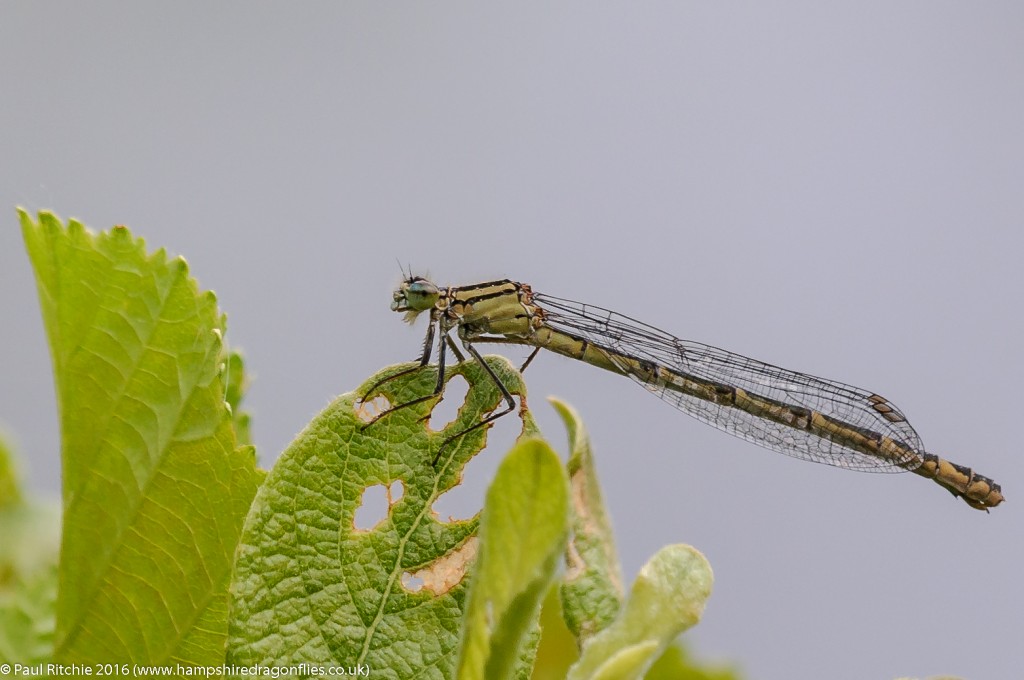
Once I’d managed to coax Doug away from being rooted to his spot, we took a stroll along hawker alley, stopping frequently to check along the shoreline. Plenty of Downy and Four-spotted Chaser battling for supremacy close to shore and every footfall would see another teneral rise to the canopy.
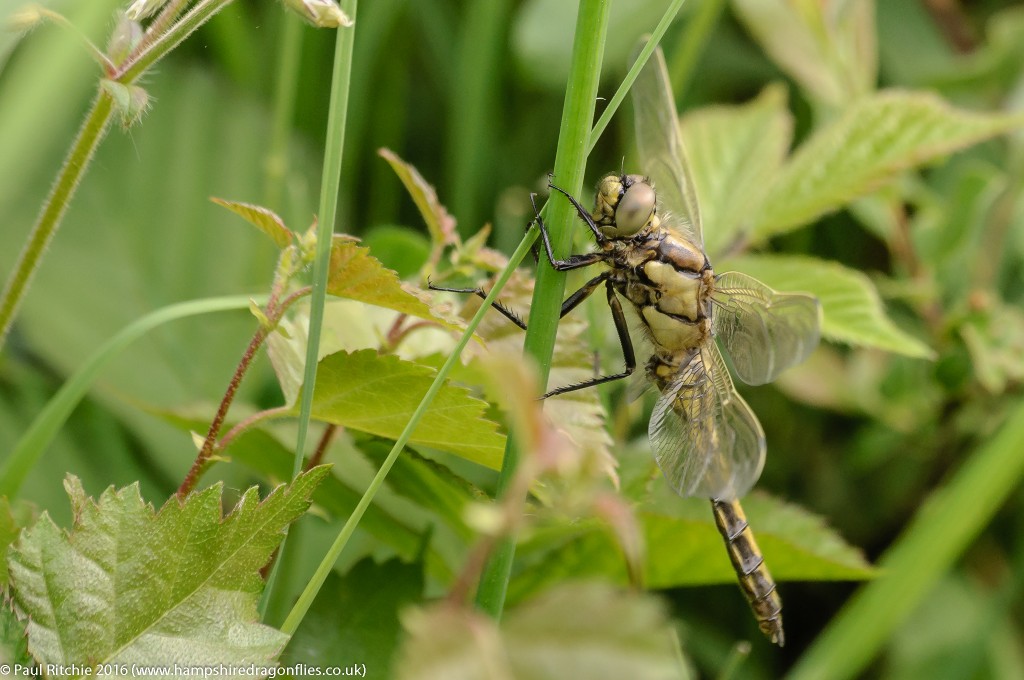
We took stroll along the main track to the crossroads and had our first glimpse of a male Emperor circling the clearing, shortly followed by another. We watched while we lunched hoping either would perch, but fresh wings and hunger kept them airborne, so I attempted to coax a young Black-tailed Skimmer off of the ground, but he wasn’t having it.
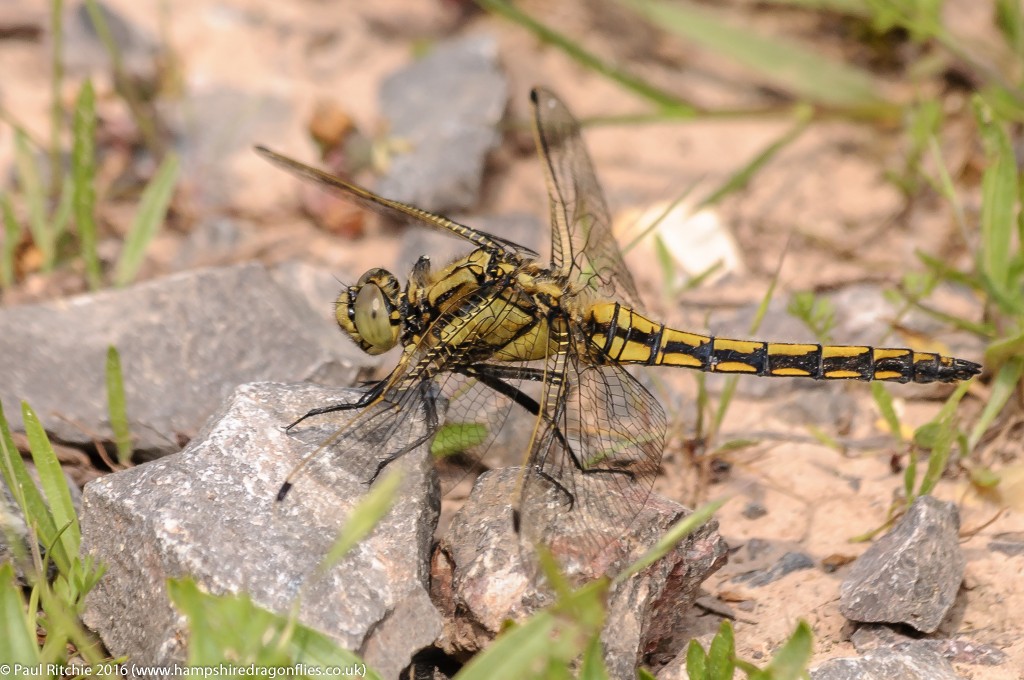
Back at Long Pond Doug continued with the Downy while I attempting to tackle one of the dozens of male Red-eyed along the fringes. They have to be one of the more frustrating damsels; just when you think you have them in your sights, off they go again.

Concluding the day with another walk along hawker alley we found a mating pair of Downy perched several meters up a tree.
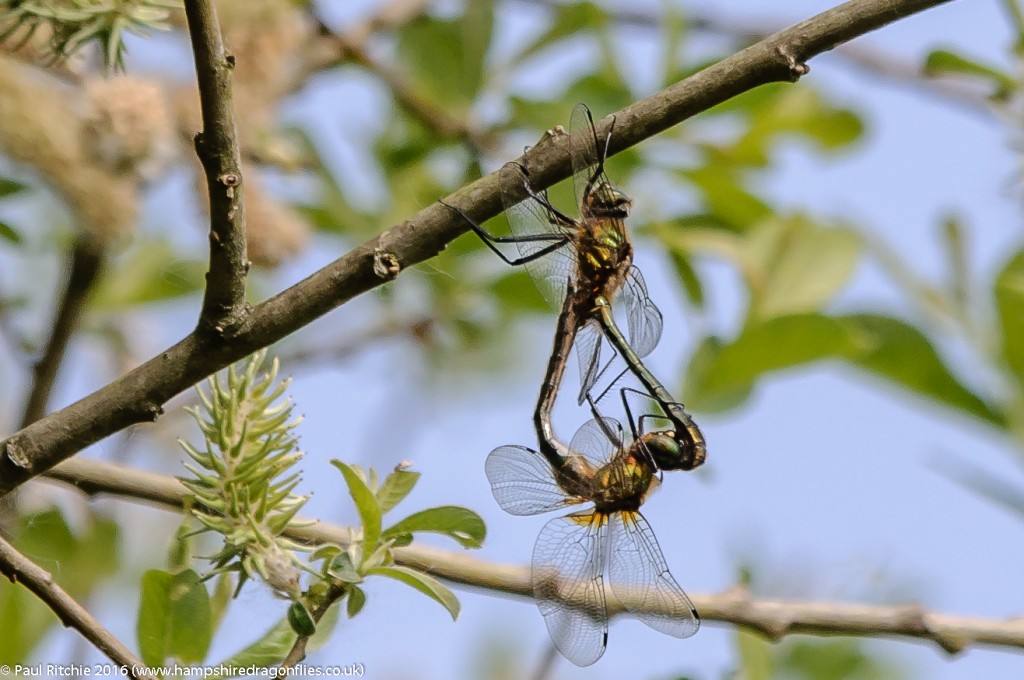
We couldn’t have wished for a better finale, but the weekend wasn’t over yet.
Sue & I returned to Bentley Wood on Sunday, and what a difference a week makes! Barely into the woods and we were greeted by a beautifully-fresh female Emperor who rose at our passing. She circled and took refuge deep in the scrub, so I decided to concentrate on those beautiful fresh eyes.
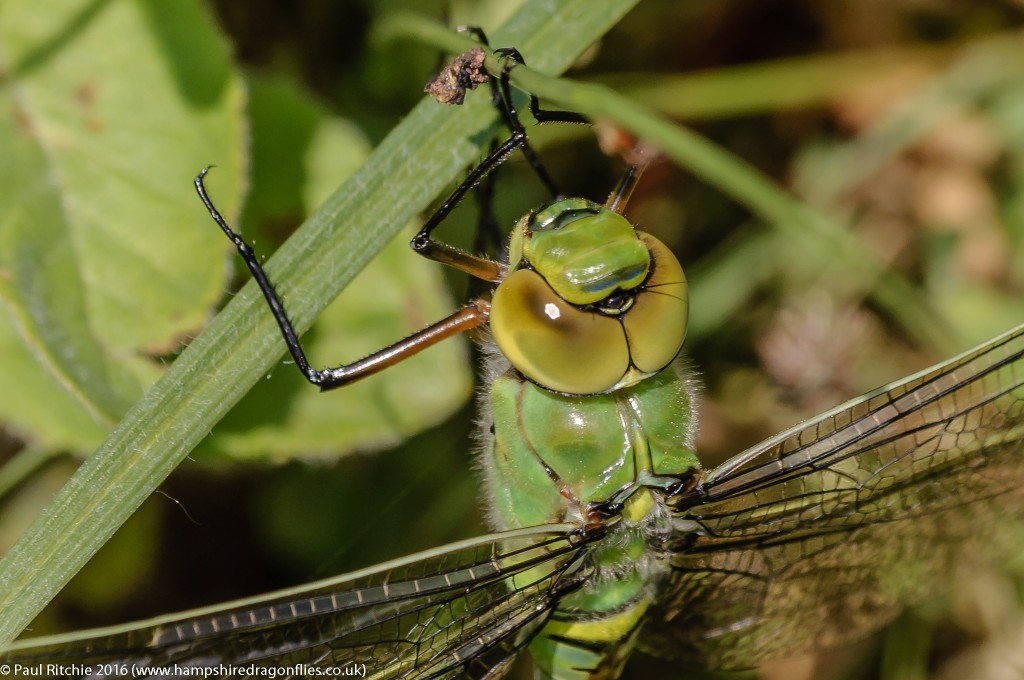
At the pond we were treated to a Downy motherlode. What a sight! Up to seven males patrolling with five at any one time, females ovipositing and no less than six pairings. Four of these naturally headed high to the canopy, but the other two chose to perch low in the scrub not far from water. A nightmare to approach and as nervous as paired Emperors, so I couldn’t improve on yesterdays.
The patrolling males were extremely difficult to photograph, wizzing by at great speed without the slightest pause and occasionally engaging in fisticuffs with rivals All very non-aggressive compared to most species.
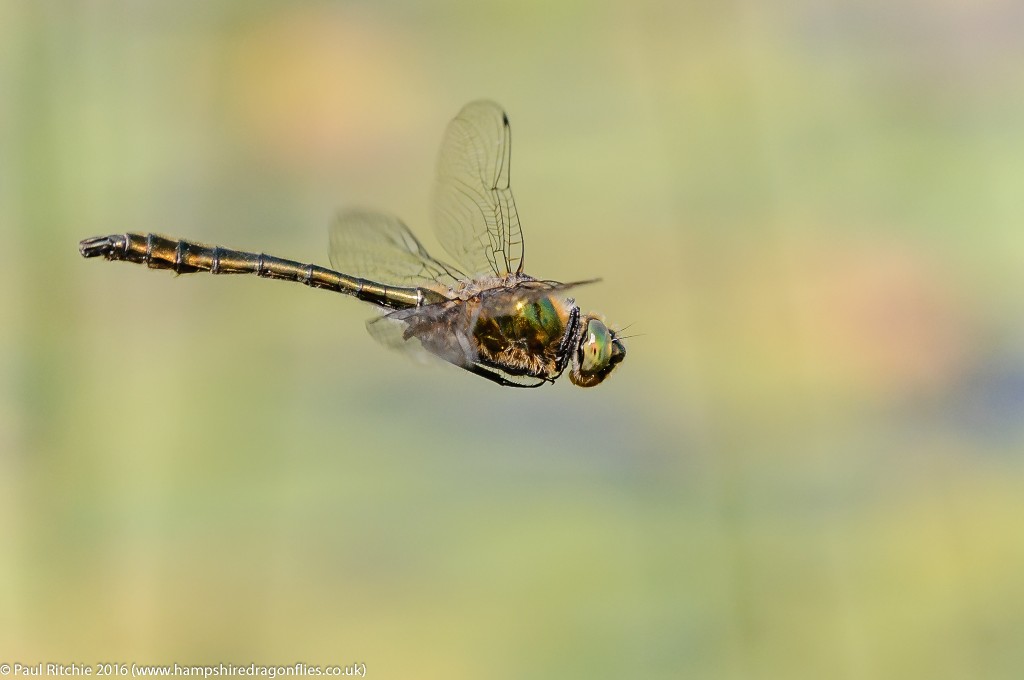
A little later we had a young male Emperor come in to test his flight muscles.
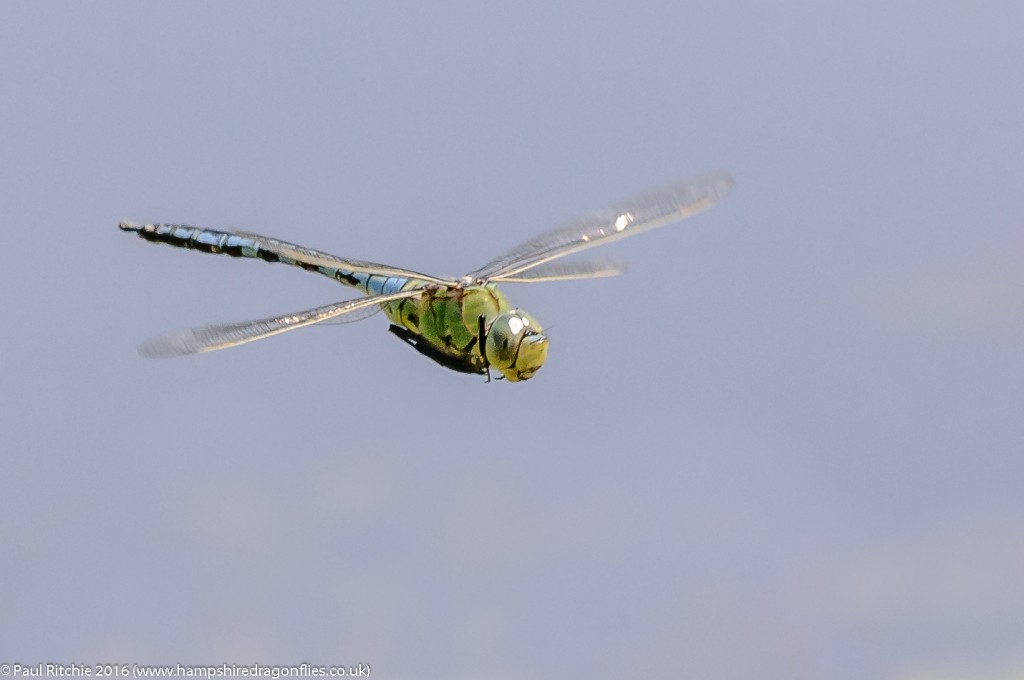
That should keep me going until summer returns.

